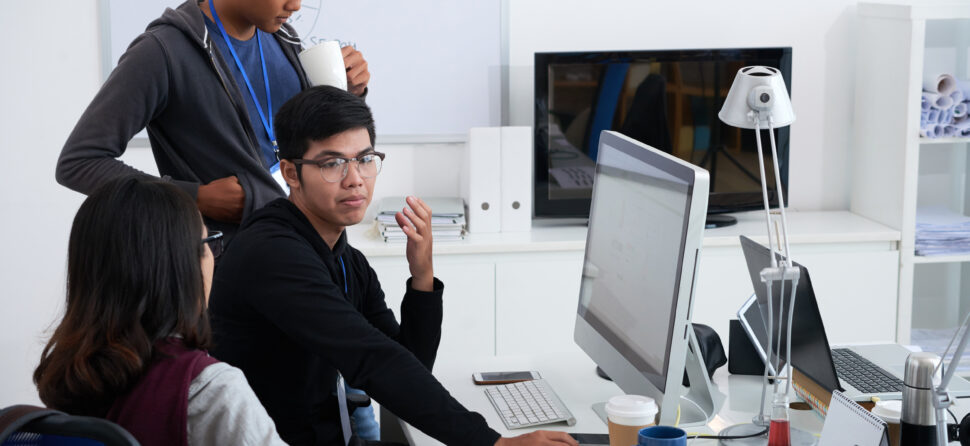By irshad
The Creative Process of Web Design: From Concept to Launch
Web design is a dynamic field that is constantly evolving to meet the changing needs of businesses and users. The creative process of web design can be challenging, but when done well, it can result in a website that is both visually stunning and user-friendly. In this article, we’ll take a look at the creative process of web design, from concept to launch.
Step 1: Research and Planning
Before any design work can begin, it is essential to understand the project’s objectives, target audience, and desired outcomes. This research should include an analysis of competitors and an understanding of the user experience. The designer should also consider the site’s content and the website’s goals.
After conducting thorough research, the next step is to develop a plan for the website. This plan should outline the project’s scope, timeline, and budget. The designer should also create a site map, wireframes, and a visual style guide.
Step 2: Design
With the research and planning complete, it is time to move on to the design stage. During this stage, the designer will create a mockup of the website’s layout, using the wireframes created during the planning stage. The designer should consider the website’s overall aesthetic and ensure that it aligns with the brand’s visual identity.
The designer will also need to consider the user experience during this stage. This means designing with the user in mind, creating a layout that is easy to navigate, and ensuring a seamless user experience.
Once the design is complete, the designer should seek feedback from the client and make any necessary revisions.
Step 3: Development
With the design approved, the development stage can begin. During this stage, the designer will work with developers to bring the design to life. This may include creating a responsive design, ensuring the site is optimized for search engines and integrating any necessary plugins or functionality.
The developer should also ensure that the site is optimized for speed, ensuring that it loads quickly and efficiently.
Step 4: Testing
Before launching the website, it is important to conduct thorough testing to ensure that the site is functioning correctly. This may include testing for cross-browser compatibility, usability, and accessibility.
The designer should also ensure that the site is optimized for mobile devices, as an increasing number of users access the web on their mobile devices.
Step 5: Launch
With testing complete and any necessary revisions made, it is time to launch the website. During the launch stage, the designer should ensure that the site is properly optimized for search engines and that all necessary analytics tracking is in place.
The designer should also ensure that the site is backed up, ensuring that any data loss can be easily recovered.
Step 6: Maintenance
After the website has launched, it is important to maintain it to ensure that it continues to function correctly. This may include updating the site’s content, ensuring that any necessary security updates are in place, and monitoring the site’s performance.
The designer should also ensure that the site is backed up regularly and that any necessary updates are made promptly to avoid any potential security vulnerabilities.
Conclusion
Web design is a dynamic field that requires a strong understanding of design principles, user experience, and technical expertise. The creative process of web design is an essential part of creating a website that is visually stunning, user-friendly, and optimized for search engines. From research and planning to launch and maintenance, the web design process requires meticulous attention to detail, a deep understanding of the client’s needs, and a commitment to creating a site that delivers results. By following these steps, designers can create a website that exceeds the client’s expectations and delivers a seamless user experience.

